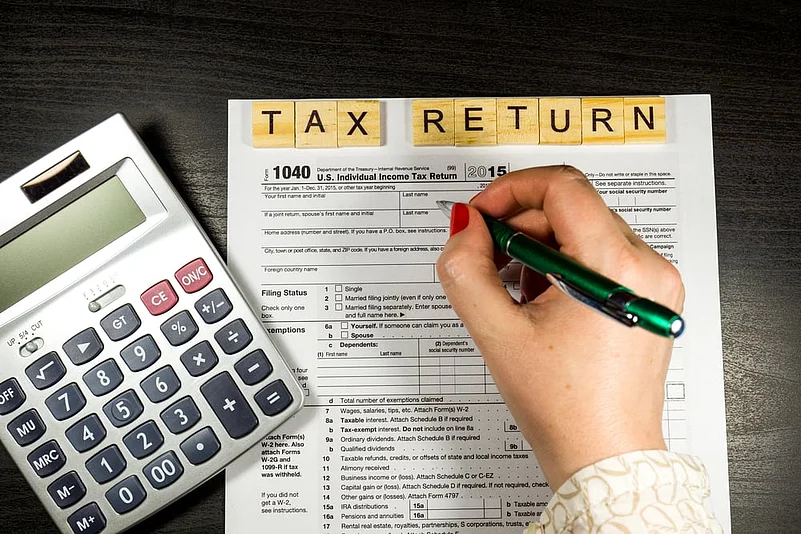Income Tax Return: The time has come to file income tax returns. Most salaried people will be waiting to get Form-16 from their employer, which they will start getting soon. Most employers start issuing Form-16 after June 15. With this, the way will be cleared for the salaried employees paying tax to start the process of filing Income Tax Returns. The last date for filing income tax returns is 31 July. But at the last moment, many times problems are faced due to heavy traffic on the portal of the Income Tax Department. Therefore, to avoid such problems, it is better not to wait until the last moment to file an ITR.
First of all, gather the necessary documents
As soon as you receive Form-16 from your employer, you should gather and organize all the documents required to file your income tax return. Apart from this, you should also match the details of your Form 26AS and Annual Information Statement (AIS). After all these tasks are completed, you can start the process of filing your return (ITR Filing).
How to choose the right ITR form
After gathering all the documents required to file an income tax return, the next step is to choose the right ITR form. Salaried taxpayers have to choose either the ITR-1 or ITR-2 form. The first form is a simple form which can be used only by resident Indians and ordinarily resident Indians whose annual income is less than Rs 50 lakh. This includes income from salary or pension, one house property, agricultural income up to Rs 5,000 and interest received on savings or fixed deposits, dividends and family pension.
Other salaried employees, people who do not have income from business or profession to show - will have to use ITR-2. For example, if you are a resident but not ordinarily resident (RNOR) or a non-resident individual or you have to show capital gain or capital loss, are a director in a company or you have unlisted shares or employee stock option (ESOP), or you hold a foreign bank account or any other asset outside India, then you will have to use ITR-2 instead of ITR-1.
Things to keep in mind before filing a return
If your employer has calculated your tax under the new tax regime and you want to switch to the old tax regime and claim a tax deduction, you may face inquiries from the Income Tax Department due to a mismatch in Form-16 and ITR returns. But if you have complete documentary evidence, you can save tax by answering them. However, if you do not have sufficient documentary evidence to support your tax deduction claim, you should not claim a deduction while filing your return.









